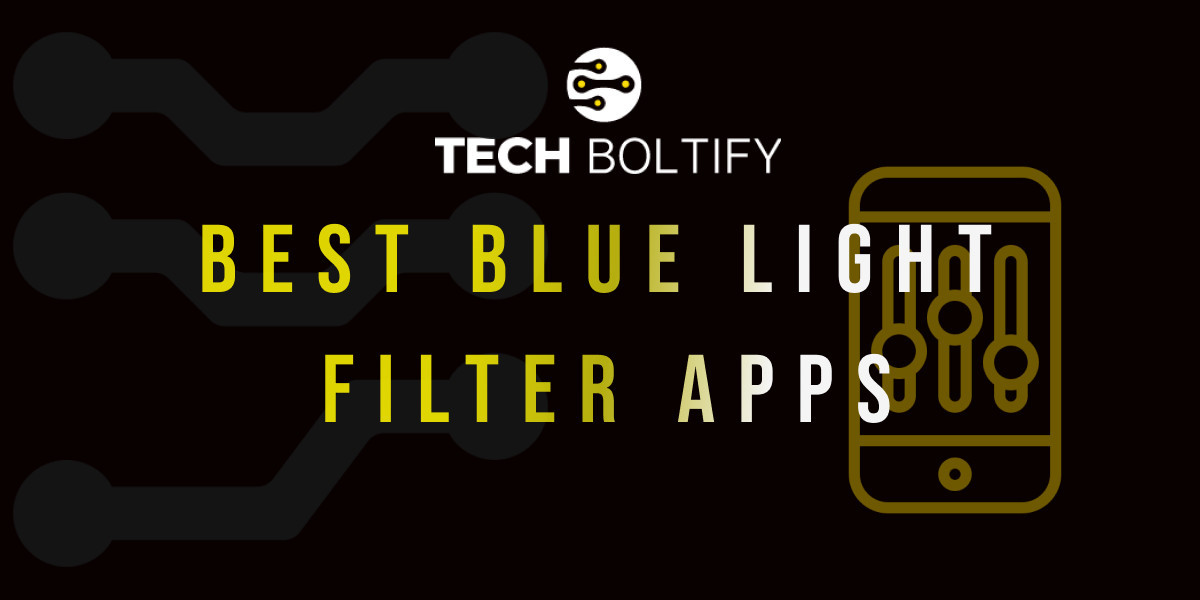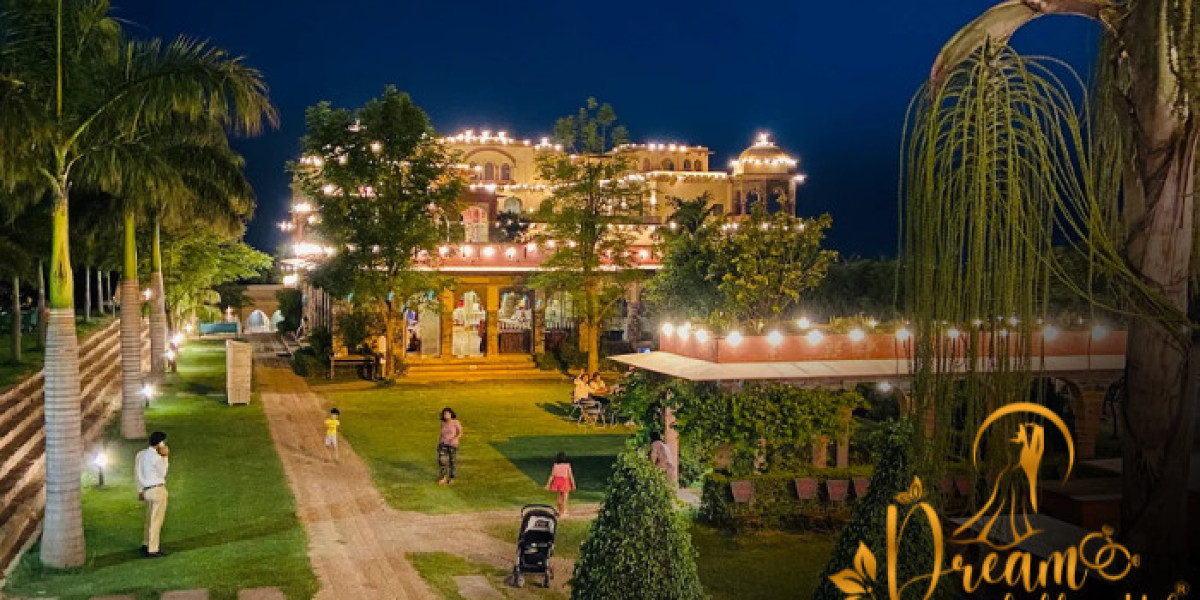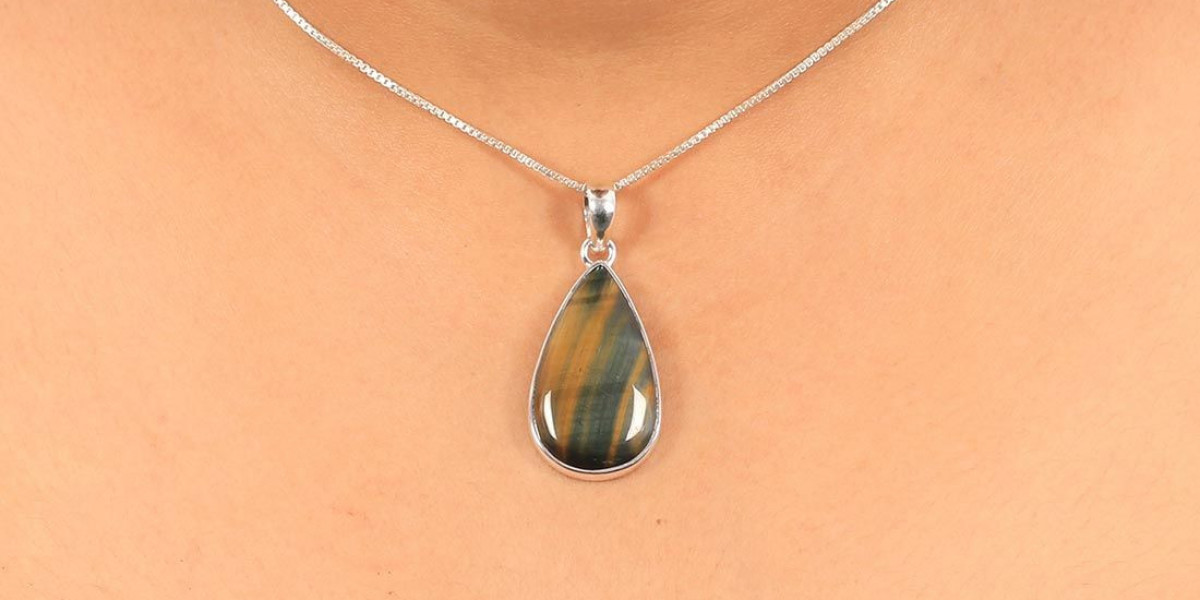As screen time increases in our daily lives, concerns about eye strain, sleep disruption, and overall eye health have become more common. To address these issues, many people turn to blue light filter apps or use the built-in night mode features available on most smartphones and tablets. But which option is better? Do third-party apps offer more benefits, or is the system’s night mode good enough?
What Do Blue Light Filters and Night Mode Do?
Both blue light filter apps and night mode features are designed to reduce the amount of blue light emitted by your screen. Blue light is part of the visible light spectrum that can interfere with melatonin production, making it harder to fall asleep. It can also contribute to eye strain, especially during extended use in the evening or at night.
By applying a warm tone to your display (usually an amber or reddish filter), both methods aim to reduce the negative effects of blue light exposure.
Built-in Night Mode: Simpler and Safer
Most modern smartphones now come with a built-in night mode (also called Night Light or Eye Comfort mode) in the settings menu. These features are:
Integrated with the system and optimized for performance
Automatically scheduled to turn on at sunset or at a user-defined time
Tested for compatibility with your specific hardware and screen type
Battery-efficient, as they are part of the operating system
Built-in modes are generally reliable, safe, and do not require installing extra software.
Blue Light Filter Apps: More Control and Features
Third-party blue light filter apps may offer more customization, including:
Adjustable intensity and color temperature
Manual control over filtering level and screen dimming
More flexible scheduling options
Added features like screen dimming beyond system limits or applying filters on specific apps only
Some popular apps even allow filtering across the entire device, including lock screens and navigation menus, which some built-in modes don’t cover.
However, third-party apps can come with limitations:
They may conflict with other apps, especially those that take screenshots or control screen brightness.
Some apps require extra permissions or accessibility access, which can raise privacy concerns.
On newer Android versions, aggressive battery optimization or system restrictions may limit their functionality.
Which One Should You Use?
If your device’s built-in night mode offers enough control for your needs, it’s generally the better and safer choice. It's more efficient, doesn’t require installing extra apps, and is optimized for your phone’s hardware.
However, if you want greater customization—such as more control over filtering levels, screen dimming, or color tones—then a third-party blue light filter app may be worth trying, especially for users who work late at night or have specific eye comfort needs.
Conclusion
Built-in night mode features are usually good enough for most users, offering effective blue light reduction with low resource usage. Blue light filter apps, on the other hand, may be better suited for people who want more control, deeper filtering, or features beyond what the default system provides. Choosing between them depends on your personal needs, comfort level with customization, and how sensitive you are to screen light.



